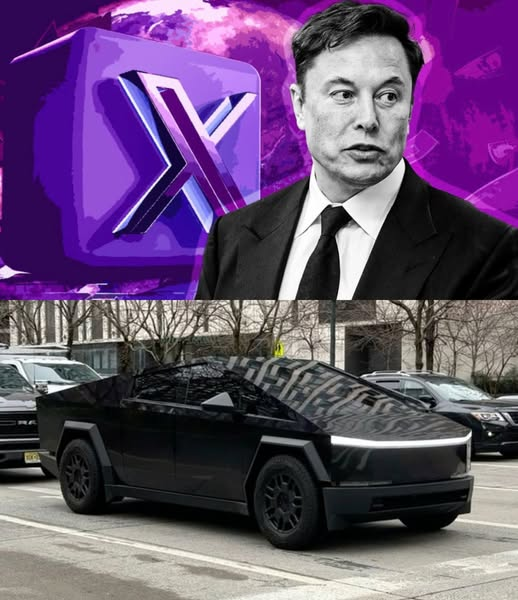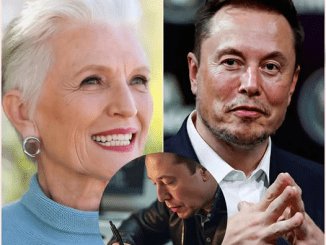
When Elon Musk unveiled the Cybertruck, it wasn’t just the vehicle’s futuristic, polygonal design that shocked the world—it was the bold promise of revolutionizing transportation while driving us toward a cleaner planet. Now, as the all-electric beast rolls into 2025 production, its potential to reshape the auto industry and curb emissions is clearer than ever—but so are the complications.
A Monster in Performance, a Maverick in Mission
The tri-motor variant of the Cybertruck boasts a 500-mile range, 3,500-pound payload capacity, and the ability to outpace some sports cars. It’s not just a novelty—it’s a serious challenge to the traditional gasoline-powered pickup, the most popular class of vehicle in the U.S. Musk has positioned the Cybertruck as the workhorse of a green future: powerful, durable, and zero-emission.
The logic is simple and compelling. The transportation sector contributes approximately 29% of all U.S. greenhouse gas emissions. If electric trucks like the Cybertruck gain traction, those numbers could tumble, making a massive dent in the nation’s carbon output.
But is the Cybertruck really as green as it looks?
The Carbon Catch: Steel and Batteries
The controversy lies not in the truck’s function—but in its form. The Cybertruck’s ultra-hard stainless steel exoskeleton, though praised for its toughness and rust resistance, is energy-intensive to produce. Manufacturing steel emits significant CO₂, and when you’re building a massive vehicle from it, that carbon cost climbs fast.
Then there’s the 123-kWh lithium-ion battery pack, one of the largest ever placed in a consumer vehicle. Producing that much battery storage is no small feat—it demands substantial mining, refining, and energy usage, particularly in the extraction of rare-earth elements like lithium, cobalt, and nickel.
According to some analysts, the Cybertruck starts its life with a higher carbon footprint than many of its gasoline competitors. That’s led some environmentalists to ask: are we just trading tailpipe emissions for upstream industrial ones?
Musk’s Defense: Longevity and Solar Charging
Elon Musk isn’t ignoring the criticism—he’s leaning into it. In interviews and online posts, he argues that the Cybertruck’s durability and lifespan far exceed that of a traditional pickup, reducing the need for replacements and therefore spreading its environmental cost over a much longer life cycle.
He also highlights the optional solar panel tonneau cover, capable of generating up to 15 miles of charge per day under ideal conditions. While not enough to completely fuel the truck for heavy use, it’s a symbolic and technical step toward energy independence—especially for owners off the grid or in sunny regions.
Plus, Tesla’s continuing work on battery recycling and renewable-powered gigafactories could help reduce the long-term carbon costs of production. If the company can improve the sustainability of its supply chain, the Cybertruck may still fulfill its promise as a net win for the environment.
The Environmental Debate Rolls On
As with many of Musk’s ventures, the Cybertruck has sparked fierce debate. To some, it’s a green savior wrapped in brushed steel, a practical way to get fossil-fuel drivers into electric vehicles. To others, it’s a massive, flashy distraction from smaller, more energy-efficient transit solutions like electric bikes or public transportation.
Yet even critics admit one thing: the Cybertruck is forcing conversations about what sustainability really means in the age of electrification. Is it just about emissions at the tailpipe? Or should we factor in the full lifecycle, from mine to scrapyard?
A Symbol of a Complicated Future
Like its creator, the Cybertruck is polarizing, disruptive, and wildly ambitious. It doesn’t blend into the background—it crashes into the status quo with intent. Whether you see it as a hero of climate action or a symbol of greenwashed consumerism, it represents the difficult balancing act of building the future.
The Cybertruck’s story isn’t just about specs or steel—it’s about the growing pains of a world shifting away from fossil fuels. And as it cruises silently past gas-guzzling rivals, the question remains:
Can we afford to ignore a solution just because it’s imperfect?


